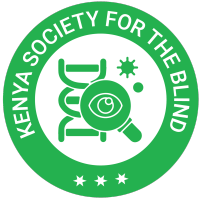

Author(s): Jayati Pandey*
Background: CSCR is a sporadic disorder of the outer blood retinal barrier, characterized by a localized detachment of sensory retina usually affecting one eye in young males. Usually, a self-limiting disease various treatment have been investigated in recent times.
Aim: To evaluate the final visual outcome, recurrence rate and possible complications in patients of CSCR treated with observation, oral Acetazolamide, oral Eplerenone and double frequency ND-YAG laser photocoagulation.
Methods and materials: A prospective interventional study was done on patients newly diagnosed with CSCR. The study comprised of 76 patients who were divided into four groups namely Group A on observation, Group B on oral Acetazolamide Group C on oral eplerenone and Group D on Nd-YAG Laser. Visual recovery, recurrence rate and possible complications of these therapies were compared.
Results: Group D patients showed fastest improvement in visual acuity at 2 weeks. At 12 weeks all groups had comparable improvement. 3 patients in group A, 1 each in group B and D and 2 in group C showed recurrence. Paraesthesia, numbness and gastric upset related to acetazolamide were noted in 5 patients of group B. 16.7% cases in group A, 10.5% in group B, 5.3% in group C and 5% in group D showed leakage on FFA after 12 weeks.
Conclusion: In acute CSCR eplerenone seems to be efficient with least side effects and early resolution. In chronic cases ND-YAG Laser seems to give better result. Early treatment should be given for better visual recovery of patients.